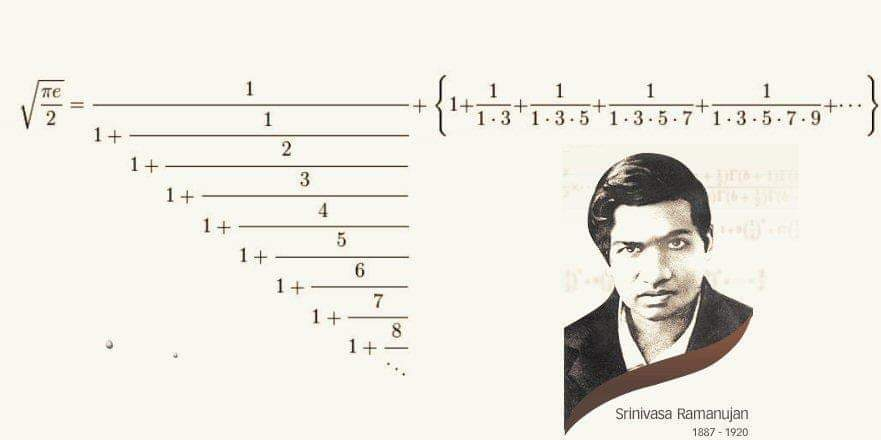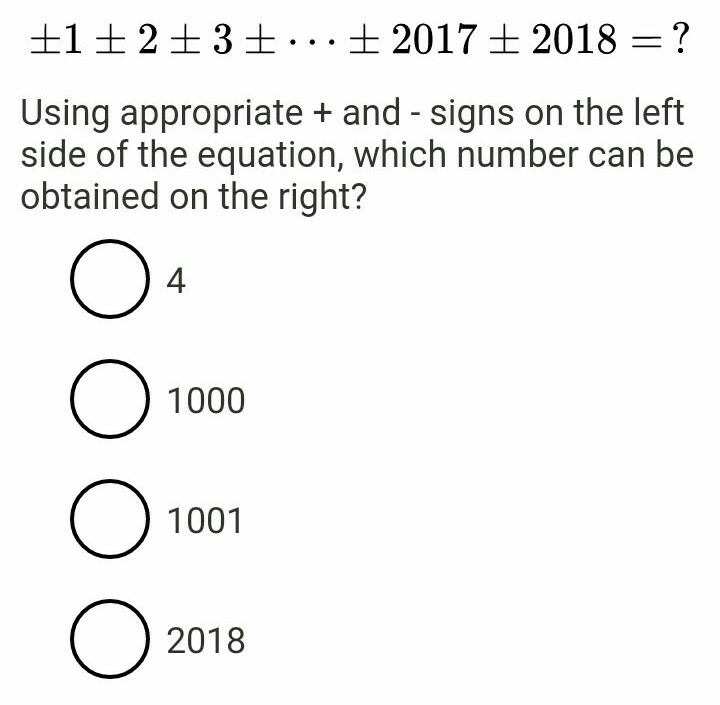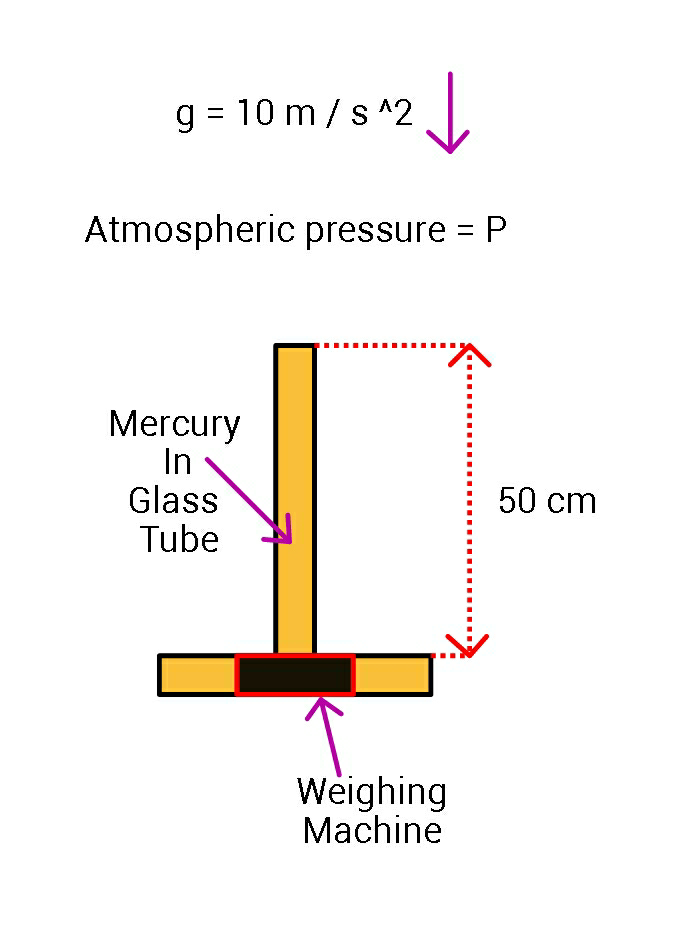
LogicQuestion and Answers: Page 5
Question Number 47725 Answers: 1 Comments: 2

Question Number 46631 Answers: 0 Comments: 1

Question Number 44584 Answers: 1 Comments: 5
Question Number 36450 Answers: 1 Comments: 2

Question Number 35562 Answers: 0 Comments: 2
$$\mathrm{Is}\:\mathrm{there}\:\mathrm{a}\:\mathrm{backwards}\:``\Rightarrow''? \\ $$
Question Number 33217 Answers: 0 Comments: 7

Question Number 33216 Answers: 1 Comments: 0

Question Number 29308 Answers: 2 Comments: 0
$$\mathrm{Solve}:\:\:\:\mathrm{w}^{\mathrm{3}} \:=\:−\:\mathrm{16} \\ $$
Question Number 28302 Answers: 0 Comments: 1

Question Number 26721 Answers: 0 Comments: 1
Question Number 24211 Answers: 1 Comments: 13

Question Number 23508 Answers: 1 Comments: 1

Question Number 22872 Answers: 1 Comments: 4

Question Number 19516 Answers: 1 Comments: 0
Question Number 18133 Answers: 1 Comments: 0
Question Number 17729 Answers: 1 Comments: 3
Question Number 17612 Answers: 1 Comments: 2
Question Number 17169 Answers: 2 Comments: 0
Question Number 16942 Answers: 1 Comments: 0
Question Number 16938 Answers: 1 Comments: 2
Question Number 16936 Answers: 0 Comments: 5
Question Number 16701 Answers: 1 Comments: 0
Question Number 15601 Answers: 0 Comments: 0
Question Number 15201 Answers: 0 Comments: 0
Question Number 13988 Answers: 0 Comments: 3

Question Number 13893 Answers: 0 Comments: 3
